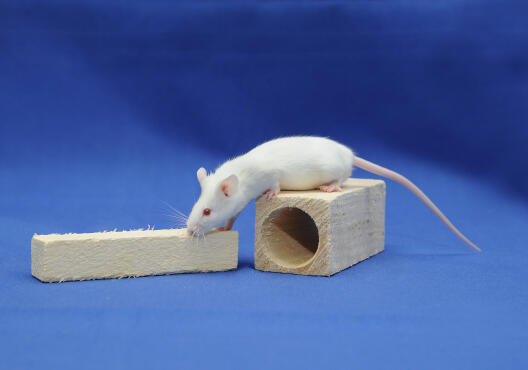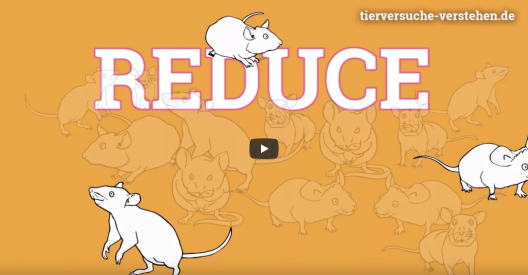Animal testing in research
Photos


© Uni MS - E. Deiters-Keul 
© Uni MS - E. Deiters-Keul 
© Uni MS - Prof. Dr. Stefan Schlatt 
© Uni MS - Peter Leßmann 
© Uni MS - Peter Leßmann 
© Uni MS - Peter Leßmann 
© Uni MS - Peter Leßmann 
© UKM - Marco Marcegaglia 
© UKM - Marco Marcegaglia 
© UKM - Marco Marcegaglia 
© UKM - Marco Marcegaglia 
© UKM - Marco Marcegaglia 
© UKM - Marco Marcegaglia
Animals are used as model organisms in scientific and medical research at the University of Münster in order to be able to provide answers to scientific questions in a very wide range of research focuses. Husbandry and the use of laboratory animals are regulated by the Animal Welfare Act, and by more specific stipulations and corresponding guidelines, and are subject to constant checks by the authorities.
Animal testing in research is carried out in various faculties at Münster University. The faculties involved are those of Medicine (Faculty 5), Chemistry and Pharmacy (Faculty 12) and Biology (Faculty 13). Animal welfare, animal rights and animal ethics are aspects which are in the focus of every activity.
All animal data relating to the vertebrates used for scientific purposes are communicated annually, by the people actively involved in animal testing, to the Animal Welfare Team within the Occupational and Environmental Safety Department at the University of Münster. The data are collected and bundled and then reported in their final form to the relevant authorities.

